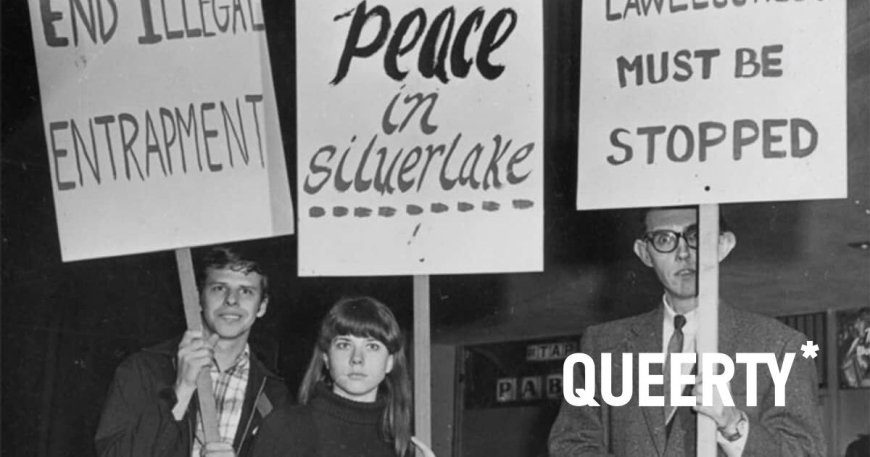The Black Cat Tavern raid & protest: an oft-forgotten moment in queer history that predates Stonewall
Todays marks the 57th anniversary of The Black Cat Tavern protest in LA —a flashpoint that ignited activism and helped to pave the way for LGBTQ+ equality.


February 11th marks a prominent moment in LGBTQ+ history.
The Black Cat Tavern raid in 1967 is one such moment—a flashpoint that ignited activism and helped to pave the way for LGBTQ+ equality.
Historical Background
How about we take this to the next level?
Subscribe to our daily newsletter for a refreshing cocktail (or mocktail) of LGBTQ+ entertainment and pop culture, served up with a side of eye-candy.
During the 1960s, the queer community faced widespread discrimination and oppression. Being openly gay was ostracized, and anti-sodomy laws were enforced. Police raids on gay establishments were frequently happening and often brutal, serving as a clear message from society: being LGBTQ+ was not acceptable.
The Black Cat Tavern Raids
The Black Cat Tavern in Los Angeles was a haven for the community. However, on New Year’s Eve 1966, the popular Silverlake establishment became a symbol of oppression. Police stormed the tavern, claiming lewd conduct violations. Patrons were savagely beaten, and several were arrested, marking an escalation in the police’s battle against LGBTQ+ individuals.

Activism, Legacy & Impact
Two months after the raids, on February 11, 1967, advocates organized a protest outside the tavern. This marked one of the earliest recorded LGBTQ+ rights protests in the United States, making it a clear watershed moment for our community.
This protest, in response to the Black Cat Tavern raid weeks earlier, served as a forerunner to the Stonewall riots of 1969. Together, these events inspired a new phase of the LGBTQ+ rights movement, including legal and social changes that improved queer people’s quality of life.
The significance of the Black Cat Tavern incident has been formally recognized; in 2008, the site was named a Los Angeles Historic-Cultural Monument for its role in the LGBTQ+ civil rights movement.

 Mark
Mark 





